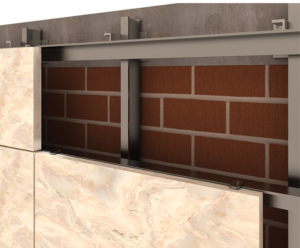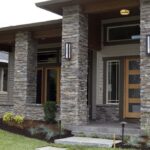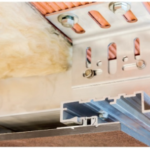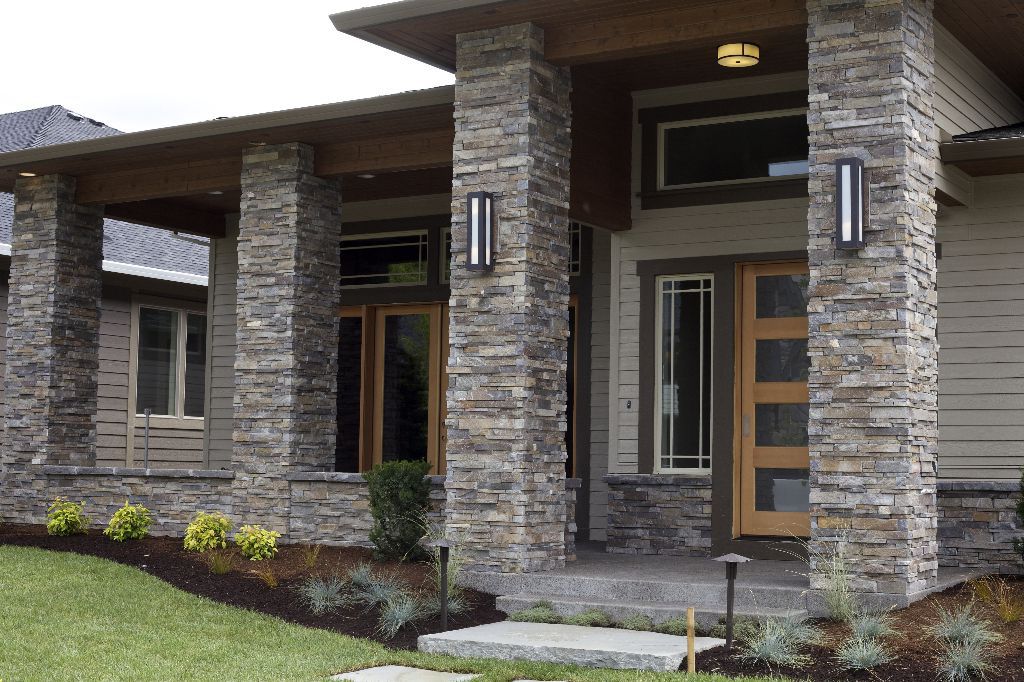Introduction
Installing a Stone Dry Facade using the Andarcat method is one of the best and safest ways to install dry stones. However, you should pay attention to the importance of the thickness of the stones used. The minimum thickness of stones for building facade installation should be at least 3 centimeters because in this method, the stones are perforated, and if they lack sufficient thickness, it may lead to cracking.
Characteristics of Dry Stones
Stones possess unique characteristics that distinguish them from other building materials. These characteristics include high durability, visual beauty, and uniformity. In comparison to ceramics, which tend to lose their beauty over time, natural stones never lose their beauty, and viewers do not tire of admiring them for a long time. The various colors in natural stones reflect the patience and artistry of nature.
Drawbacks of Stones in Dry Facades
Unlike ceramics, which are lighter in weight, stones are considerably heavier. Therefore, it should be noted that with an increase in the dead load of the building, no structural weaknesses are created.

The process of implementing a Stone Dry Facade
The installation methods of Stone Dry Facade systems are similar to ceramics. These systems can be implemented using two methods: visible and concealed.
Visible Methods
1. Clip System: In this method, stones are attached to metal or concrete bases using clips. This approach is suitable for buildings with a strong emphasis on aesthetics.
2. Visible Clamping: In this method, stones are attached to cement or adhesive using specialized clamps. This approach is suitable as a more cost-effective option for Stone Dry Facade installation.
Concealed Methods
1. Andarcat: In this method, stones are attached to cement using clamps, and after installation, the clamps are concealed. This method is suitable for buildings with a clean and uncomplicated appearance.
2. Groove System: In this method, stones are installed in grooves created in cement. This approach is suitable for buildings with unique designs.
3. Pin System: In this method, stones are attached to cement or adhesive using specialized pins. This approach is suitable for buildings with tall heights.
Depending on the client’s preferences and project budget, you can choose one of these methods for installing a Stone Dry Facade and entrust its execution to technical engineers.
The Cost of Stone Dry Facade Installation
Installation and cladding in the experience of Stone Dry Facade is accompanied by higher costs compared to ceramics. This indicates the need for greater expertise and precision in the installation of dry stones. The existing voids in natural stones should be properly filled to prevent any cracks from forming due to cold and freezing, and appropriate measures should be taken to prevent stone cracking. Therefore, choosing a safe and resilient execution system is crucial.
By following appropriate guidelines and selecting the right method for installing a Stone Dry Facade, you can enjoy the beauty and longevity of your building. Furthermore, the selection of high-quality materials and the expertise of professionals in this field play a crucial role in the success of the project.
For consultation regarding the implementation of various installation systems, contact the experts at Zibaashian.






